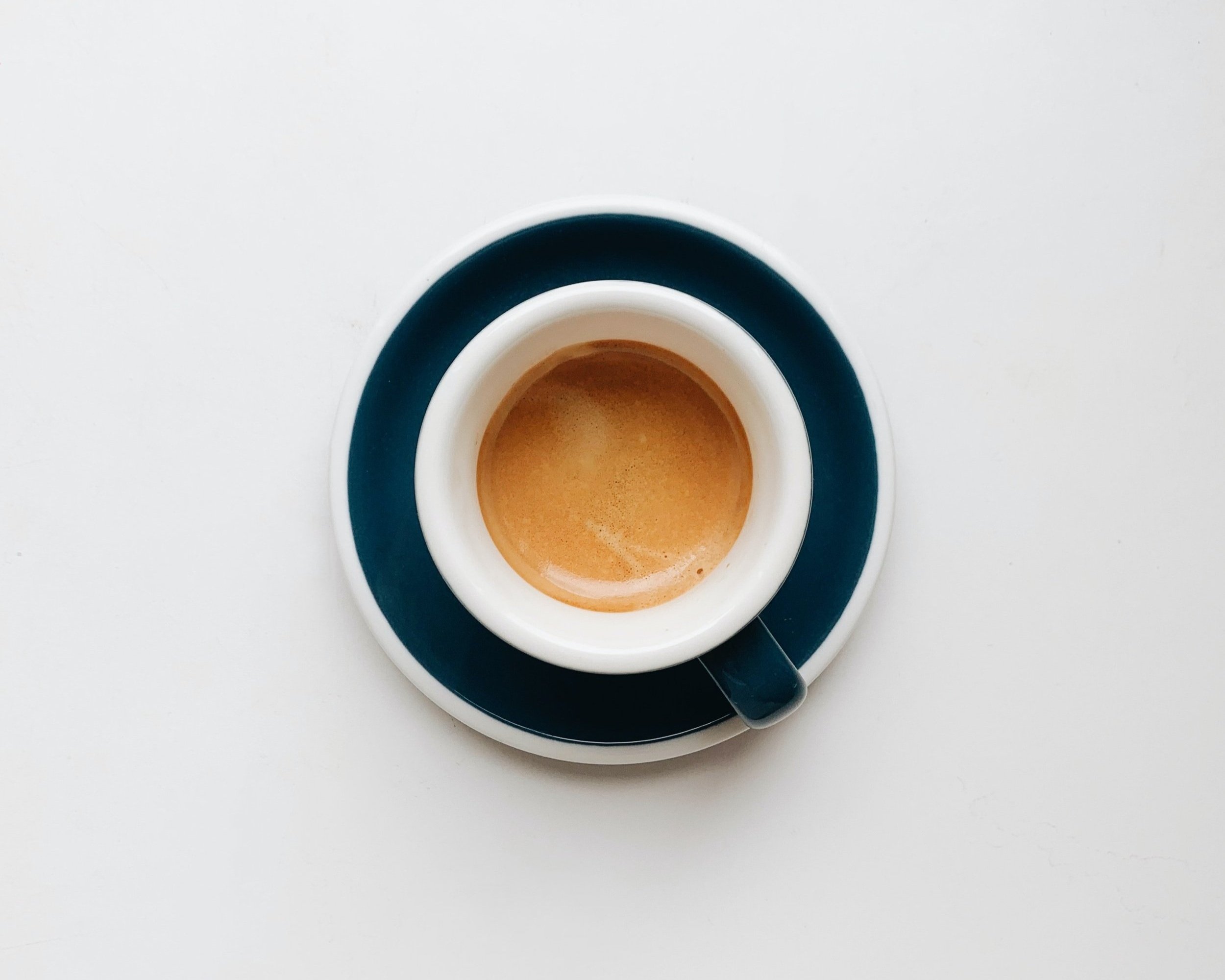Does Tiramisu Have Caffeine? Unveiling The Truth!
Yes, tiramisu contains caffeine. It comes from espresso or strong coffee, which is a key ingredient.
Tiramisu is an iconic Italian dessert cherished for its rich and creamy layers. Perfectly combining mascarpone cheese, ladyfinger biscuits, cocoa, and the distinct flavor of coffee, it offers a luxurious taste experience. The presence of caffeine in tiramisu can vary depending on the amount and strength of coffee used.
This dessert is typically enjoyed as a sumptuous finale to a meal and has a seductive appeal that caffeine-sensitive individuals should be mindful of. Whether you’re closing a dinner party or indulging in a sweet treat, tiramisu’s caffeine content is worth considering for those monitoring their intake.
Decoding Tiramisu: A Dessert With A Buzz?
The traditional Italian dessert Tiramisu contains espresso as a key ingredient. Espresso is a coffee with lots of caffeine. So, tiramisu does have caffeine in it. Each layer of this sweet treat soaks in espresso. This gives tiramisu its classic coffee taste.
Exactly how much caffeine is in a slice? It depends on two things. First is the amount of coffee used. Second is the type of coffee. Not all coffee is the same in caffeine. Some coffee types have more caffeine. Darker roasts usually have less caffeine than lighter roasts.
| Part of Tiramisu | Caffeine Content |
|---|---|
| Sponge/Cake Layer | Varies based on espresso amount |
| Mascarpone Cream | Usually caffeine-free |
| Cocoa Powder Topping | Small amount of caffeine |
Remember, the caffeine in a slice might affect some people. Others might not feel a thing. People who are sensitive to caffeine should keep this in mind.
Credit: www.quora.com
Ingredients’ Insight: Unpacking The Caffeine Sources
Tiramisu, beloved for its rich flavor, often contains caffeine. Essential to its recipe, espresso significantly boosts caffeine content. A single shot of espresso can contain about 63mg of caffeine, and multiple shots intensify the effect, elevating the dessert’s caffeine levels.
Not just espresso, but also cocoa and chocolate are caffeine sources. Cocoa powder sprinkled over tiramisu contributes to the total caffeine. Dark chocolate has more caffeine than milk chocolate. A typical tiramisu recipe may involve both, adding to its caffeine content.
People sensitive to caffeine should consider these ingredients. Tiramisu’s caffeine can vary, so checking ingredient proportions is wise.
Dietary Considerations: Is Tiramisu On Your Menu?
Understanding Tiramisu’s caffeine content is crucial for sensitive groups. Those with caffeine sensitivities may need to avoid the dessert. Tiramisu traditionally contains espresso or coffee-flavored liqueur. These ingredients contribute to its overall caffeine levels.
Consumers with strict dietary restrictions or caffeine intolerance should exercise caution. Different recipes have varying caffeine amounts. A typical serving of Tiramisu can have caffeine equivalent to half a cup of coffee.
Pregnant women, children, and those affected by caffeine-related health issues take special note. Opting for a customized version with decaffeinated coffee could be a safer choice. Personal preference plays a key role in selecting the right dessert. Consulting with chefs or checking labels for specifics helps in making an informed dessert decision.
The Making Of Tiramisu: Control Your Caffeine
Making Tiramisu lets you choose how much caffeine it has. Use fewer espresso shots to lower caffeine. Or, pick a decaffeinated coffee. This changes the caffeine in your dessert.
Low-caffeine Tiramisu is easy to make. Try different coffee substitutes that you like. Some good options are chicory coffee or grain coffee. Both mimic coffee’s taste with much less caffeine.
| Ingredient | Regular | Low-Caffeine Substitute |
|---|---|---|
| Espresso | 2 shots | 1 shot decaf or chicory |
| Instant Coffee | 3 tbsp | 3 tbsp grain coffee |
Myths And Facts: Separating Tiramisu Truths From Fiction
Many people believe that tiramisu is high in caffeine. This isn’t always the case. Tiramisu does contain caffeine, but the amount can vary. The primary source of caffeine in tiramisu comes from espresso. However, only a small amount of espresso is used. As a result, the overall caffeine content remains low. Some experts say that the dessert won’t impact your sleep like a cup of coffee would. Others suggest that those sensitive to caffeine should be cautious. The actual caffeine content depends on how the dessert is made. Each tiramisu recipe is different. Some have more espresso, others might use decaffeinated coffee. Therefore, the caffeine level isn’t the same in every slice. Checking with the chef or recipe can reveal how much caffeine is in a serving.

Credit: www.womenshealthmelbourne.com.au

Credit: otaokitchen.com.au
Frequently Asked Questions On Does Tiramisu Have Caffeine
Is Caffeine Present In Tiramisu?
Yes, tiramisu typically contains caffeine as it’s made with espresso-dipped ladyfingers. The caffeine content largely depends on the amount of espresso used in the recipe.
How Much Caffeine Is In A Slice Of Tiramisu?
The caffeine content can vary, but a regular slice of tiramisu might contain roughly 30-50mg of caffeine. This is based on the use of espresso in the dessert.
Can You Make Tiramisu Without Caffeine?
Absolutely, you can make a caffeine-free version of tiramisu. Use decaffeinated espresso or a coffee substitute when soaking the ladyfingers to avoid caffeine.
Does Tiramisu From Restaurants Contain Caffeine?
Most restaurant tiramisus do contain caffeine, since they usually follow traditional recipes which include espresso. Always ask the server if you have concerns.
Conclusion
Wrapping up, it’s clear that tiramisu does contain caffeine, originating primarily from its coffee component. Those sensitive to caffeine should enjoy this treat mindfully. Remember, a slice of tiramisu offers more than a caffeine kick—it’s a delightful journey through layers of flavor.
Enjoy moderately and savor every bite!



